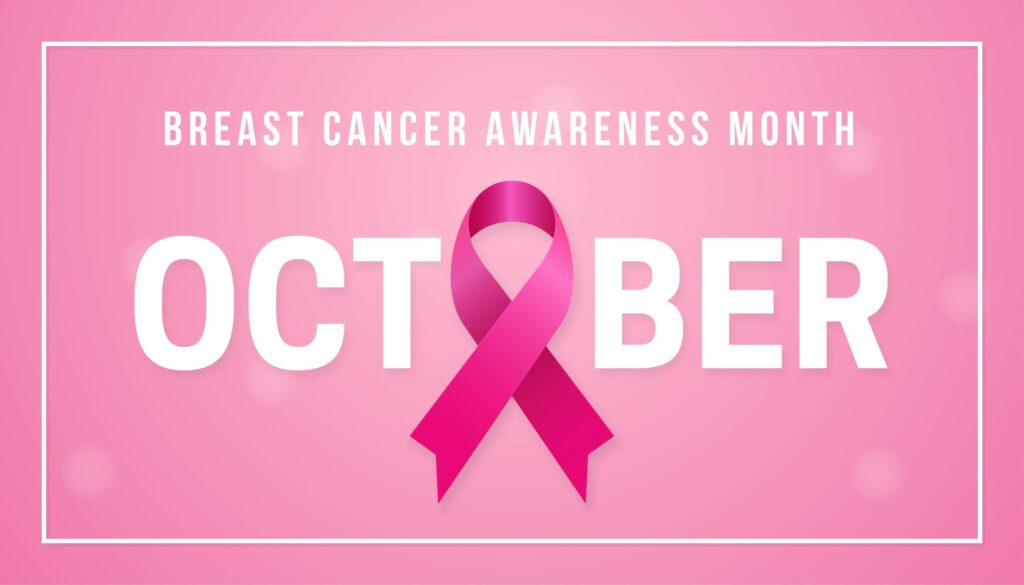According to the World Health Organization Who breast cancer is the second most common cancer in the world and the most common cancer in women worldwide, accounting for 25% of all incident cases of female cancers. Despite the advances in the diagnosis and treatment of breast cancer, this condition is still the leading cause of death for women. October is celebrated as a National Breast Cancer Awareness Month, where people from all over the world recognize the seriousness of this condition and show their support for patients affected by breast cancer. This month highlights awareness programs, serves as a reminder of those Who have battled the disease, and educates the public on different medical and social aspects of breast cancer.

According to the Who, there were 2.3 million women diagnosed with breast cancer and 700,000 deaths caused by breast cancer globally in 2022. Breast cancer is also the most prevalent cancer worldwide, and there are eight million women living with breast cancer Who were diagnosed in the past five years. Women have lost more disability-adjusted life years to breast cancer than to any other type of cancer. Breast cancer is prevalent in every country, and most breast cancers develop in middle-aged women without any identifiable risk factors. As breast cancer can be treated successfully if diagnosed early, women finding an abnormal lump in the breast should consult a health professional even when there are no other symptoms associated with it. Early diagnosis helps treatment to be more successful and improves the long-term survival of the patient. In recent years, improvements have been made in survival in countries with early screening and detection programs, combined with advances in treatment. For example, in the UK, an estimated 1,300 cancer deaths are prevented every year through cancer screening.
The decline in the breast cancer death rate in recent years is a positive development, even if the number of breast cancer cases continues to increase in the near future. The growing aging population and population increases, especially in developed countries, suggest that the overall number of people with breast cancer will continue to rise even as the breast cancer death rate decreases. GlobalData epidemiologists forecast that the diagnosed incident cases of invasive breast cancer in the eight major markets (8MM: US, France, Germany, Italy, Spain, UK, Japan, and urban China) will grow at an Annual Growth Rate (AGR) of 1.50% per year over the next 10 years, from 875,000 cases in 2020 to 1,010,000 cases in 2030 (as shown in Figure 1). The increase in the diagnosed incident cases of breast cancer is partly attributed to the small rising trend in breast cancer incidence in the 8MM, combined with underlying demographic changes in the respective markets.
As people celebrate breast cancer awareness month worldwide, it is imperative to continue public health awareness programs and fundraisers, facilitate and improve the breast cancer screening/detection process, and support those Who have battled this disease.
It is important to emphasize that, despite the demands of today’s society, a woman should take the necessary time for screening, as early detection of breast cancer really saves lives.
